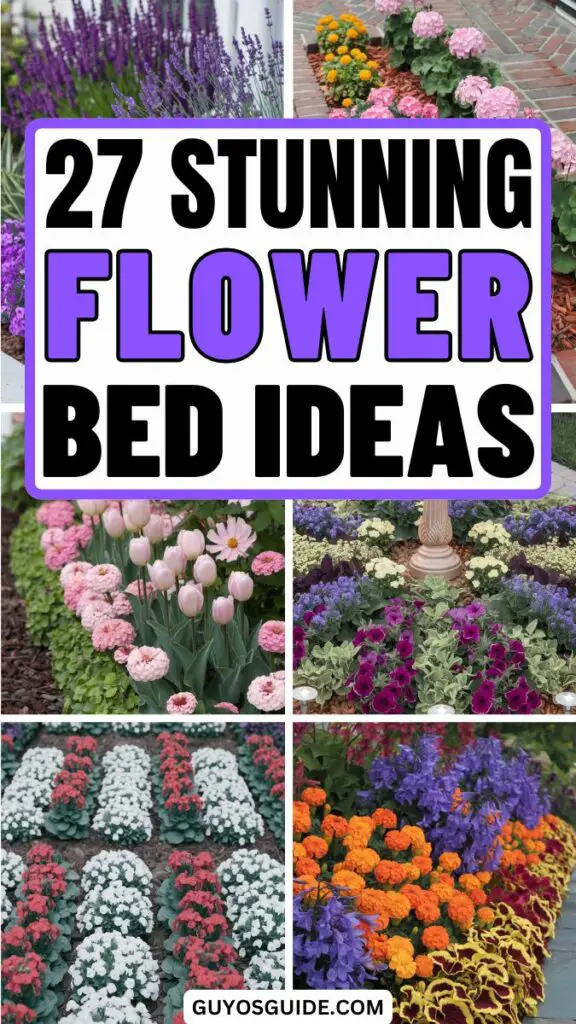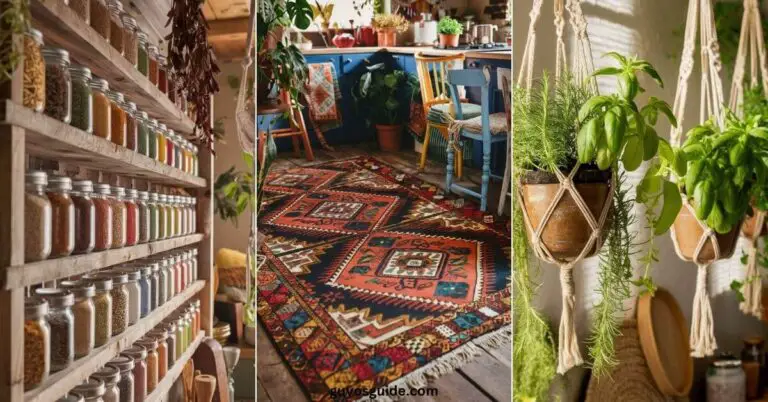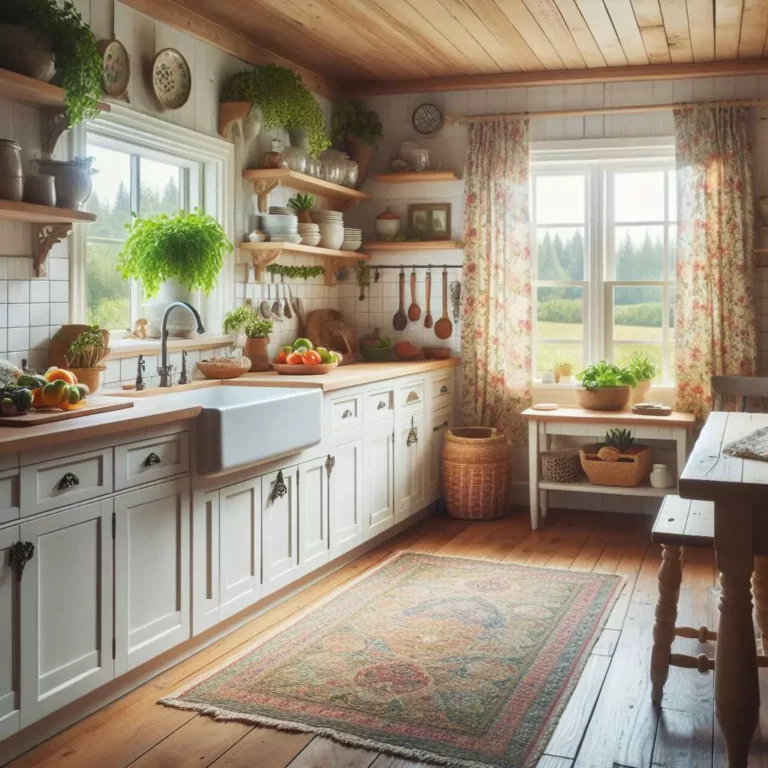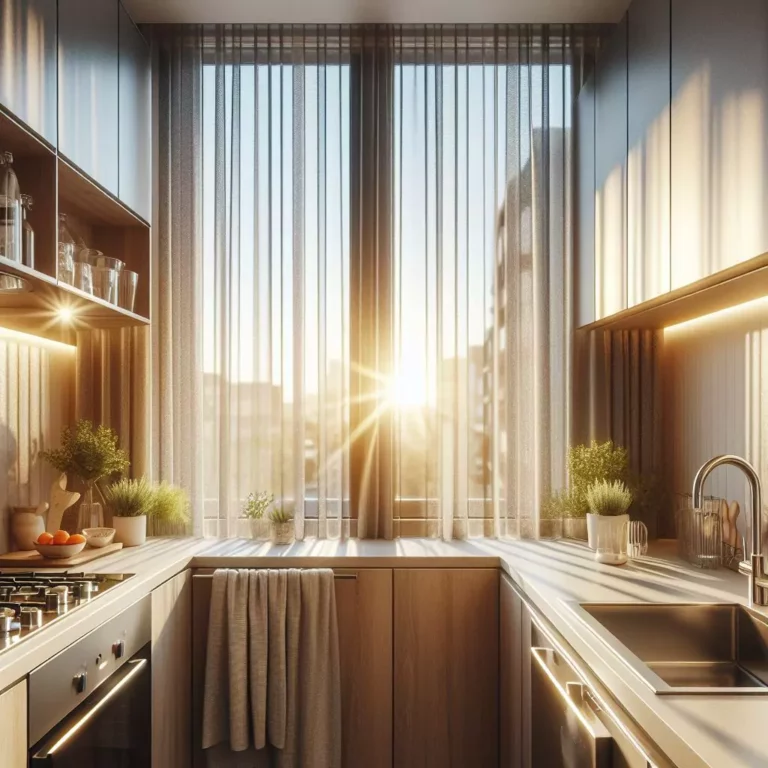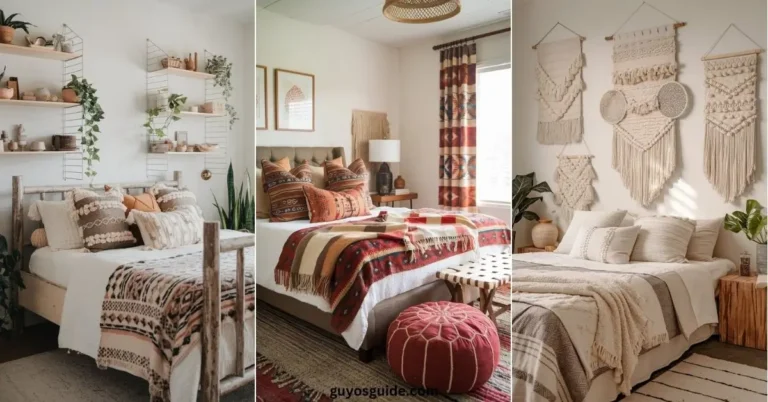27 Flower Bed Ideas That Will Boost Your Curb Appeal
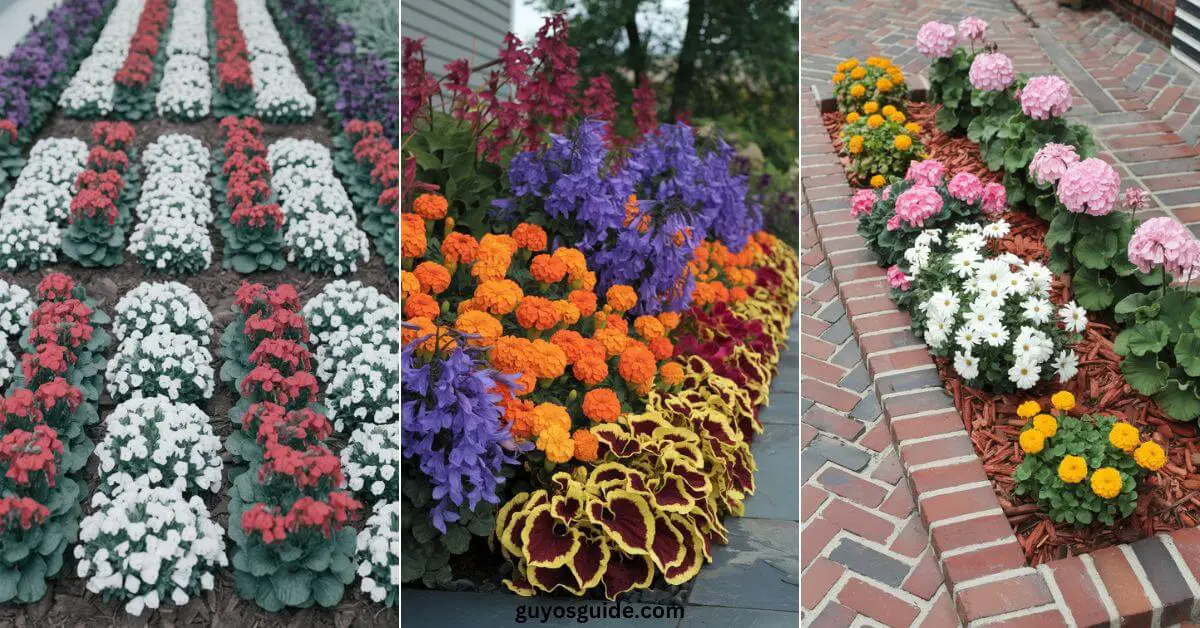
Want to make your garden look amazing?
A flower bed is a great way to add color and beauty to your yard. In this article, we’ll share simple and fun flower bed ideas you can try at home.
Ready to grow something beautiful?
Let’s get started!
1. Layer With Height
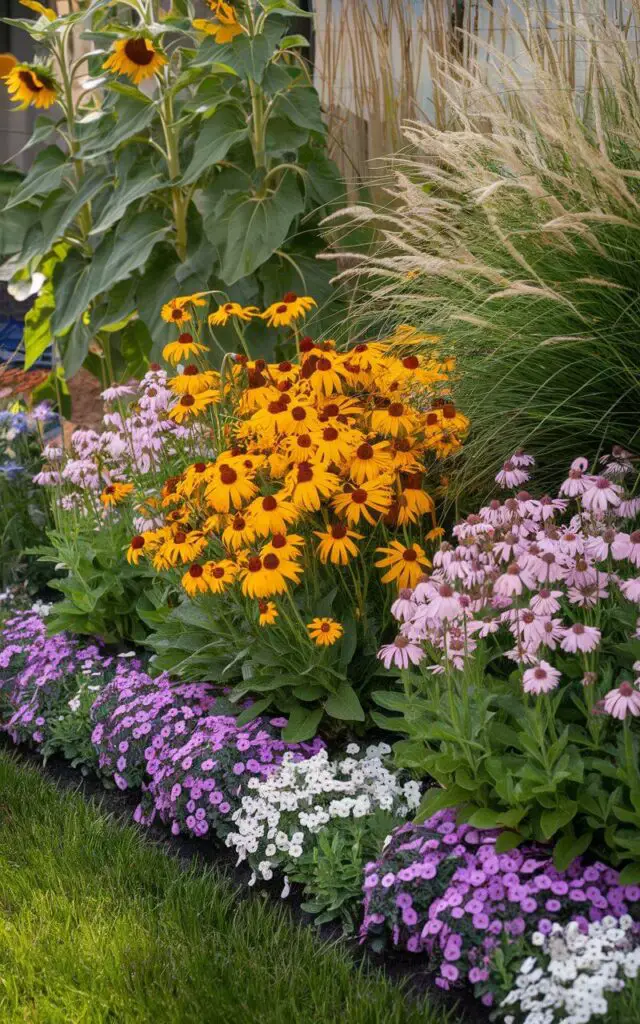
Want instant flower bed drama?
Layer your plants like you’d layer clothes—tall in the back, mids in the middle, and low-growers out front.
Think sunflowers, daisies, and sweet alyssum.
It creates depth, gives that full, lush look, and makes even a narrow bed feel rich and intentional.
2. Edge With Bricks
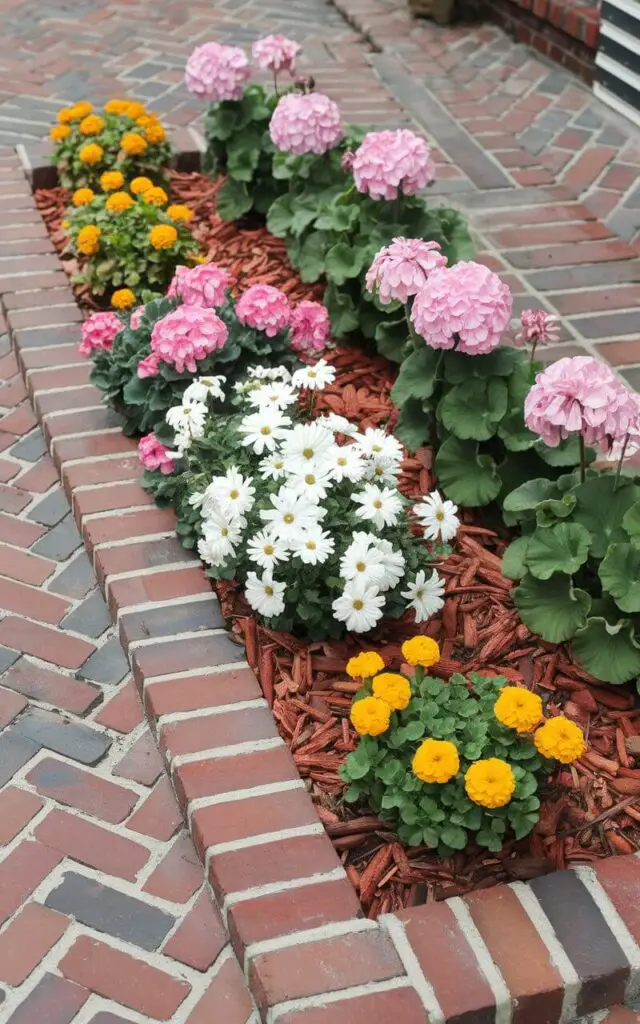
There’s something so satisfying about a clean border.
Use bricks to edge your flower bed—it adds structure, a dash of cottage charm, and keeps mulch from wandering.
Try stacking them diagonally or laying them flat. It’s the garden equivalent of framing your favorite photo.
3. Add a Pop of Purple
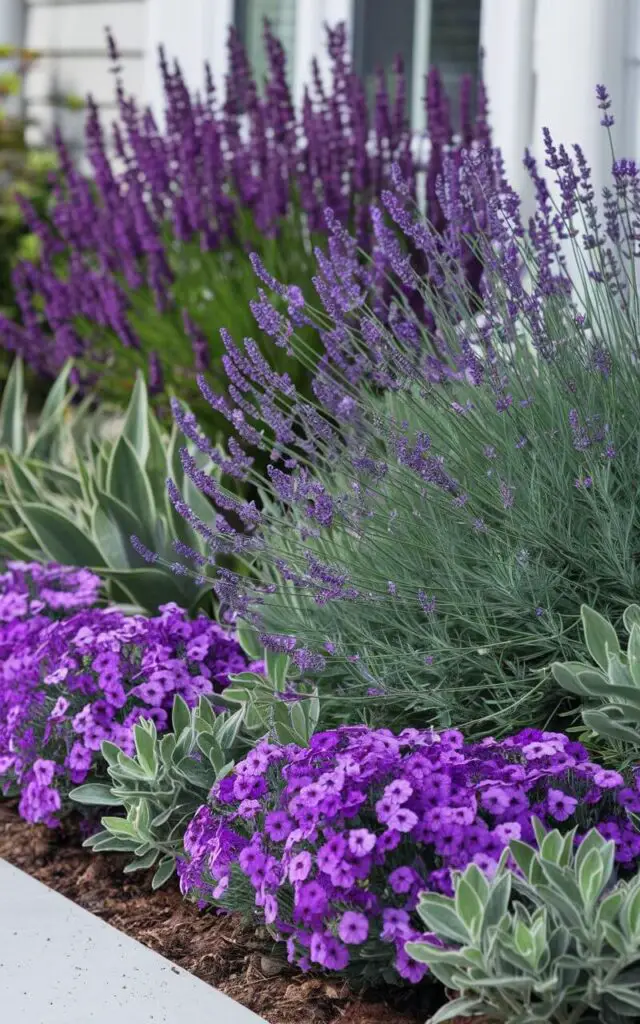
Purple flowers just know how to steal the show.
Add lavender, salvia, or verbena to your bed for a moody burst of color that pairs beautifully with greens and yellows.
Bonus: pollinators love them, and your garden will buzz—literally—with life.
4. Go Full Cottagecore

Cottagecore is messy in the most beautiful way.
Plant a mix of peonies, foxgloves, and daisies like you’re letting Mother Nature freestyle. Let flowers spill, climb, and overlap.
Add a worn bench or vintage watering can, and boom—you’ve got storybook charm in real life.
5. Make It Monochrome
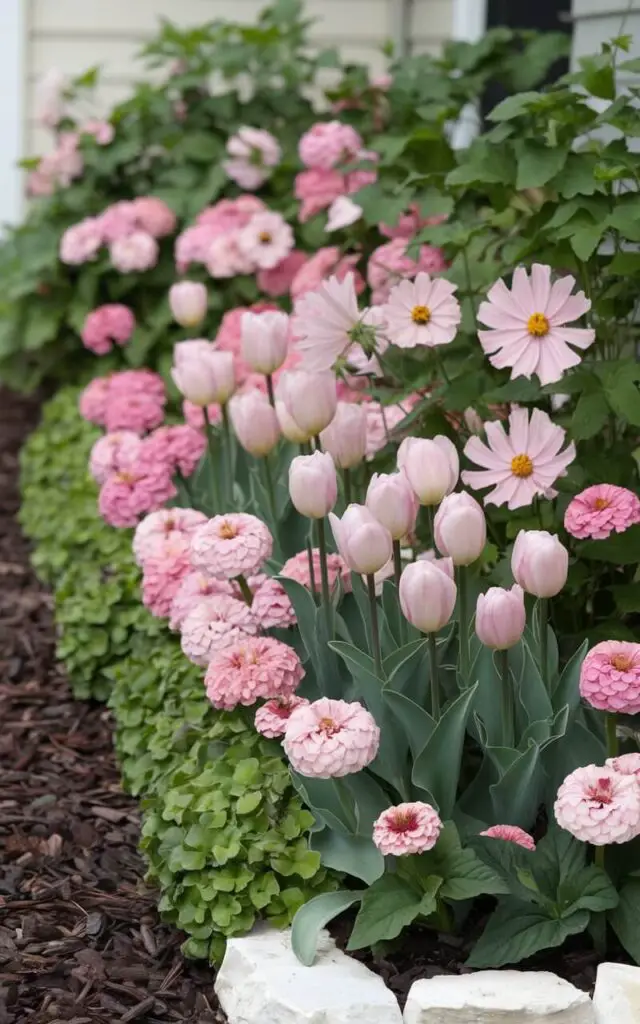
Pick a color—any color—and run with it.
All pinks? Yes, please. Shades of blue? Dreamy.
Going monochrome brings cohesion to chaos and feels chic without trying too hard.
It’s the kind of flower bed that looks expensive but didn’t take itself too seriously.
6. Incorporate Edibles
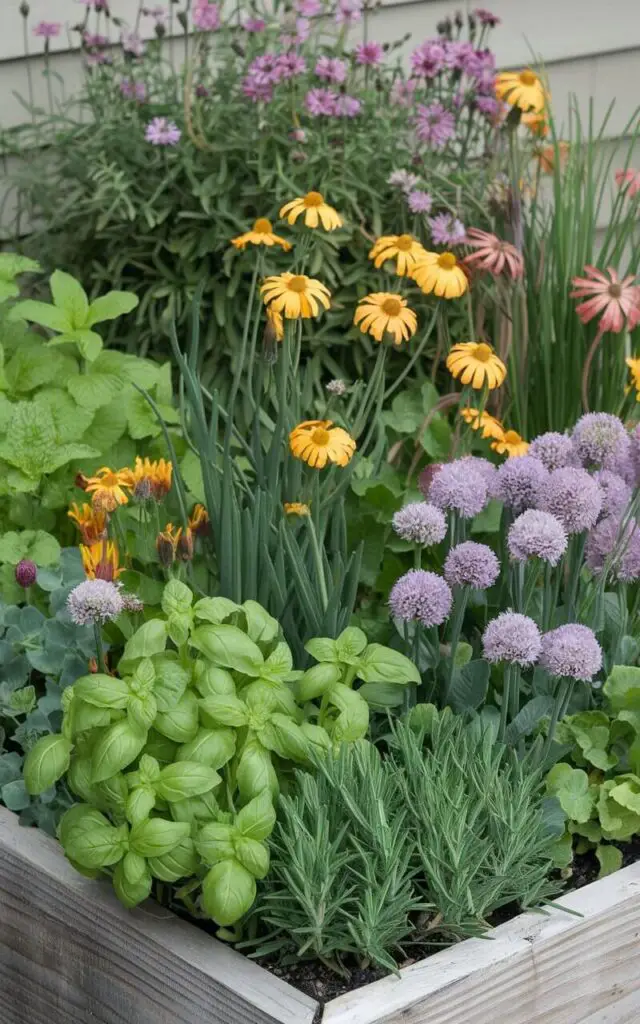
Why not mix beauty and brunch?
Pop herbs and edible blooms—like basil, calendula, and nasturtiums—into your flower bed.
They look lush, smell amazing, and you can pluck ingredients straight from the soil.
It’s functional, fragrant, and just a little bit fancy.
7. Add a Central Focal Point
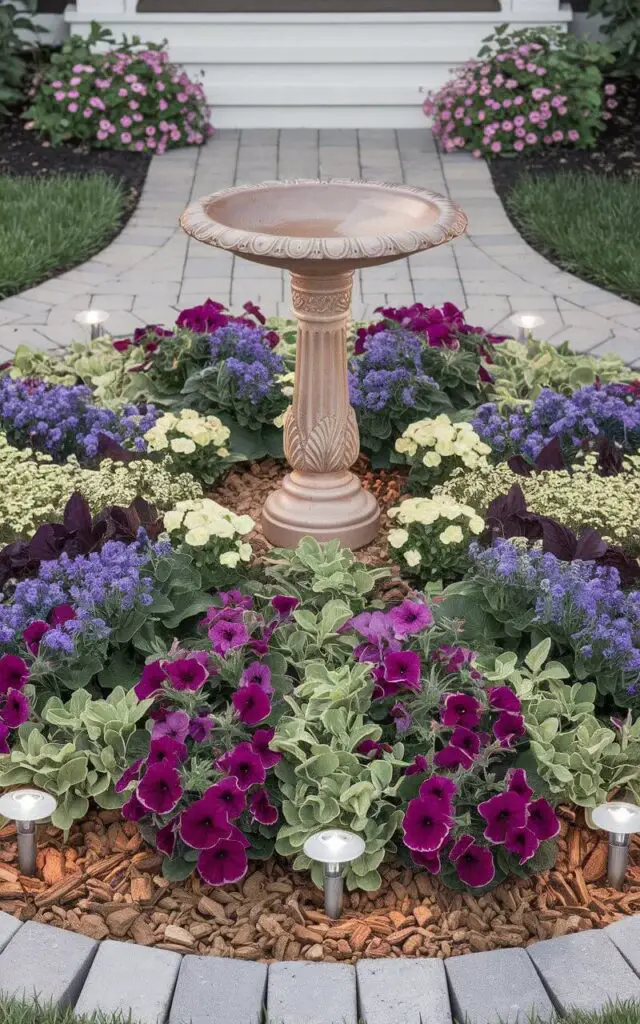
Every flower bed deserves a star.
Add a statement piece like a birdbath, vintage urn, or metal sculpture to anchor the space.
It draws the eye and makes the whole area feel styled—like your flowers are throwing a garden party around a VIP guest.
8. Try Raised Flower Beds
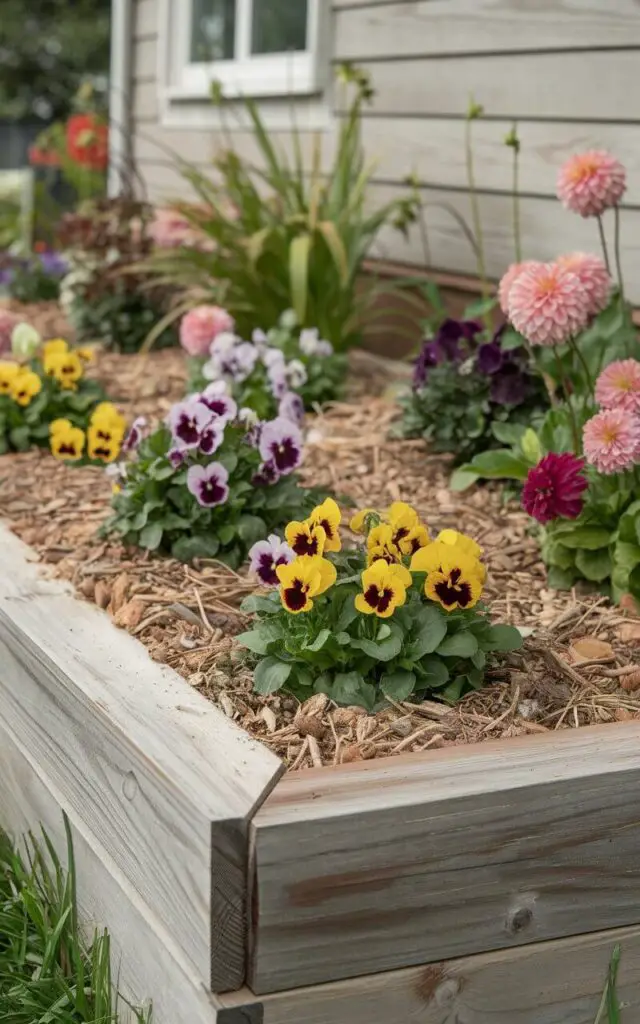
Raised beds aren’t just practical—they’re beautiful, too.
They elevate your flowers (literally), help with drainage, and add shape to your space.
Use wood for a rustic vibe or metal for something sleek and modern.
Either way, your back—and your blooms—will thank you.
9. Let It Spill Over
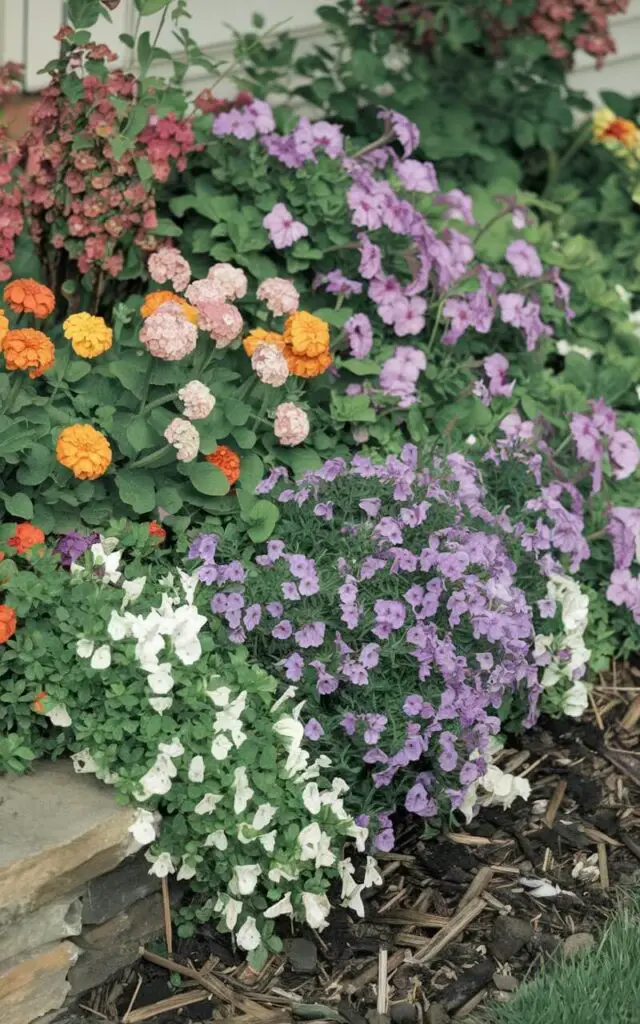
Let your flowers break the rules a bit.
Add trailing plants like sweet potato vine, creeping Jenny, or alyssum along the edges to create a wild, overflowing look.
It makes everything feel more natural, romantic, and—let’s be honest—way more Instagrammable.
10. Paint With Petals
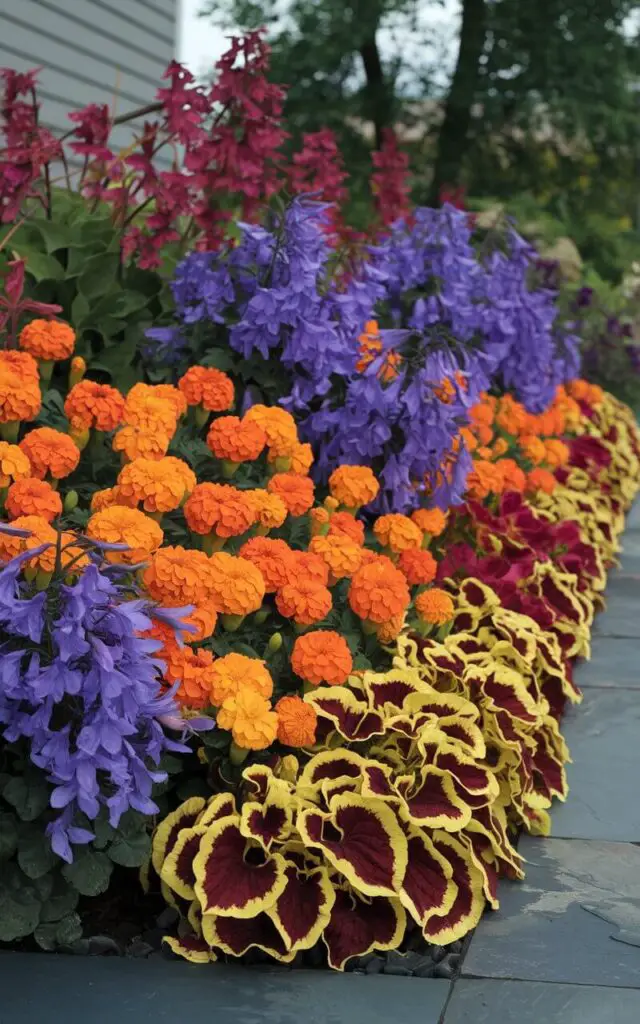
Think like an artist—use your flowers like paint.
Bold color pairings like orange and blue, or pink and chartreuse, can turn a plain bed into a jaw-dropper.
Don’t be afraid to clash a little. Contrast is where the magic happens.
11. Use Repetition for Rhythm
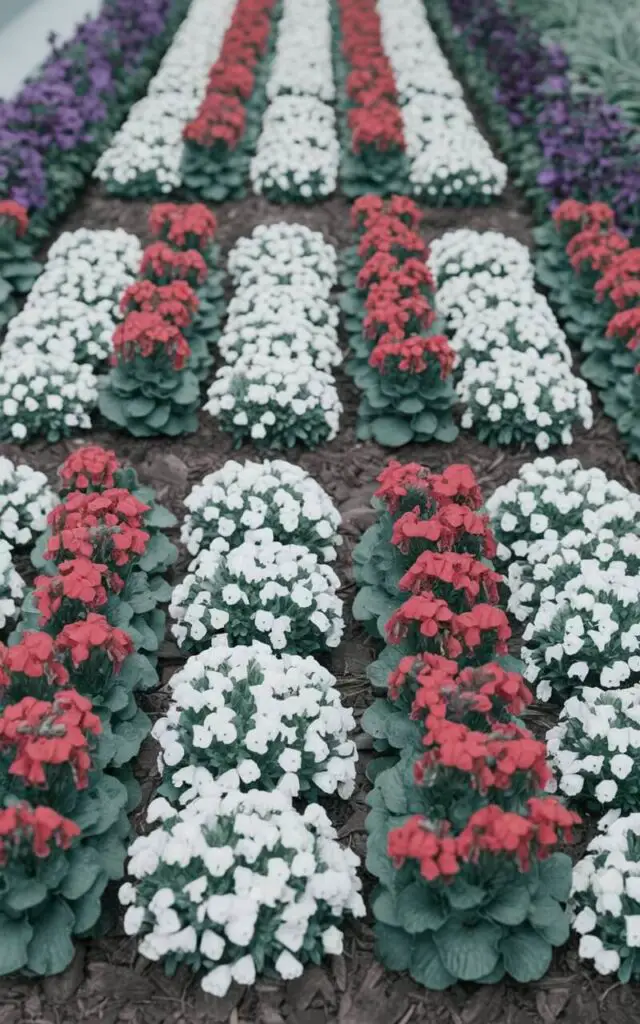
There’s something soothing about repetition.
Planting the same flower or color throughout your bed gives it a rhythm, like a chorus running through your garden.
It keeps the eye moving and ties everything together without being too matchy-matchy.
Effortless harmony? Yes, please.
12. Create a Pollinator Paradise
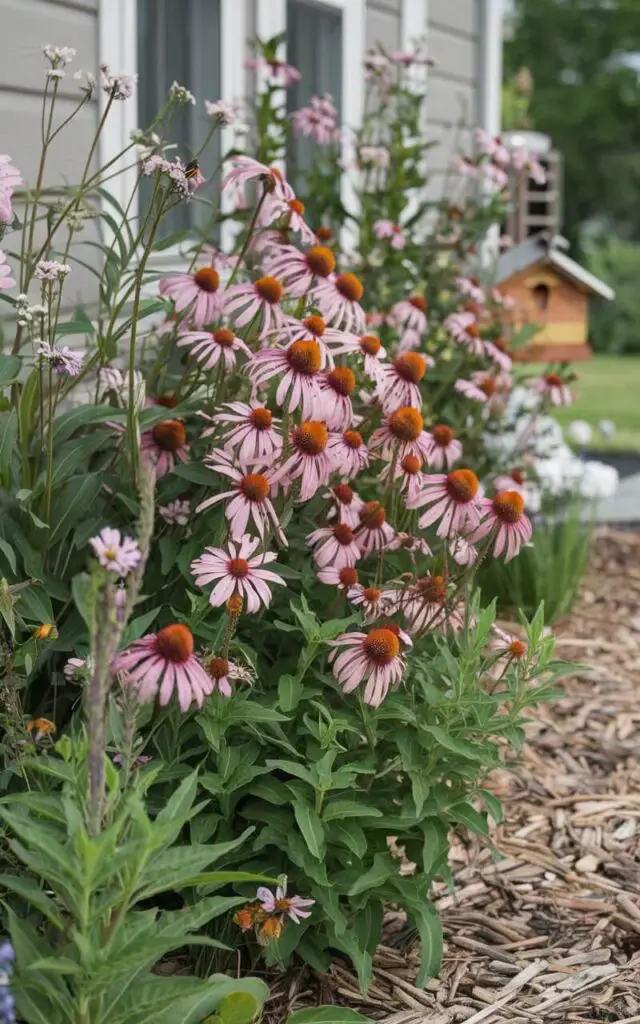
Make your flower bed the hottest spot for bees and butterflies by planting coneflowers, bee balm, and milkweed.
Not only do they look stunning, but they also support the ecosystem.
Your garden becomes a party, and every flutter and buzz is a little thank-you.
13. Add Seasonal Layers

Want a bed that blooms all year?
Layer in flowers by season—tulips and daffodils in spring, zinnias and black-eyed Susans for summer, mums in fall.
When one group fades, another rises. It’s like a flower relay race, and your garden always wins.
14. Go Native
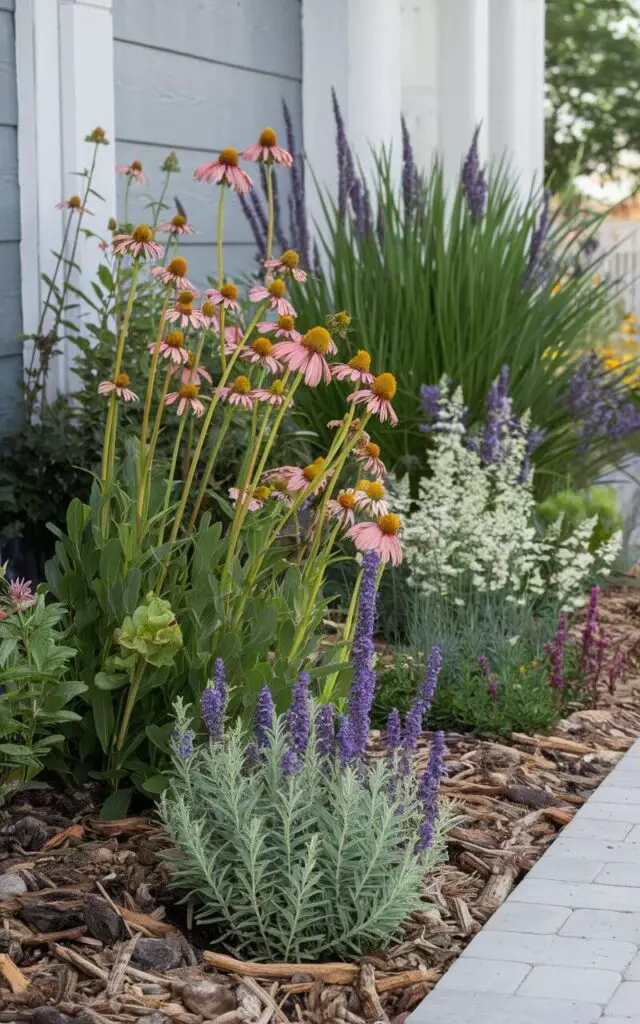
Local plants are the low-maintenance MVPs of the flower world.
Native blooms love your soil, attract wildlife, and usually need less water.
Plus, they just belong—they make your yard feel more connected to the land. It’s wild beauty with a purpose.
15. Weave in Decorative Grasses
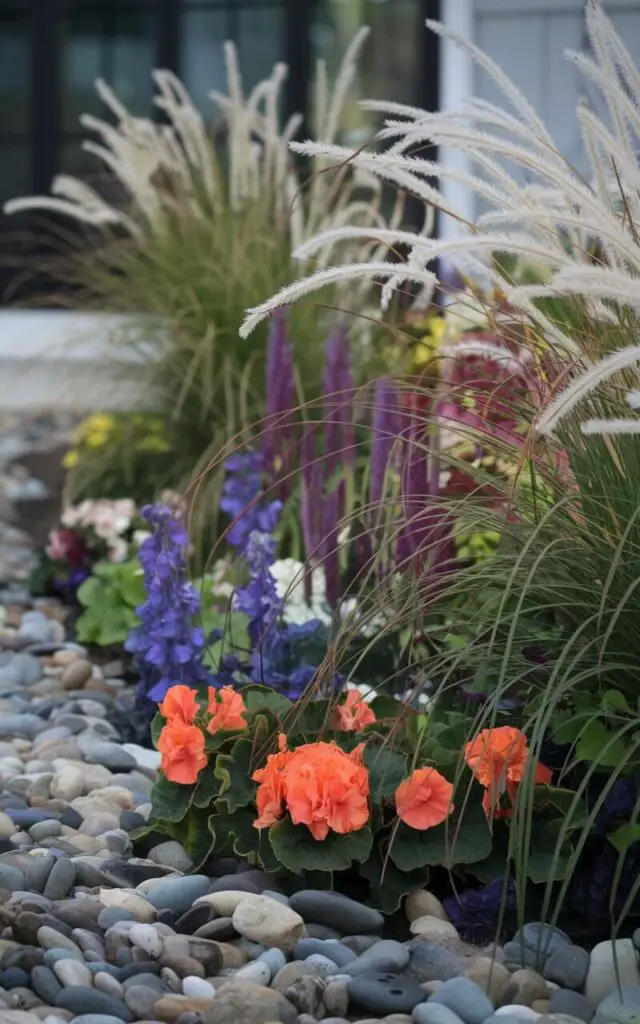
Don’t sleep on grasses. Add a few ornamental varieties—fountain grass, blue fescue, or Japanese forest grass—for contrast and movement.
They sway in the breeze, soften floral clusters, and keep things from looking too stiff.
It’s like adding fringe to your garden outfit.
16. Light It Up
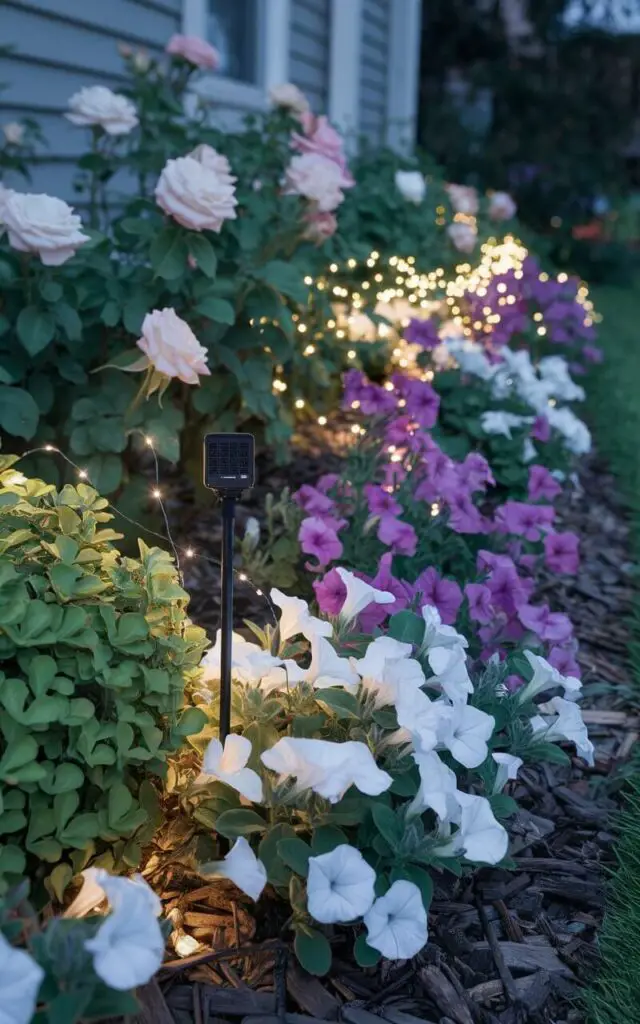
Your flower bed doesn’t have to disappear after sunset.
Add solar path lights, uplighting, or fairy lights to spotlight blooms and create nighttime magic.
Lighting makes everything feel cozier, a little enchanted—even if it’s just you and your dog doing a nighttime stroll.
17. Frame With a Trellis
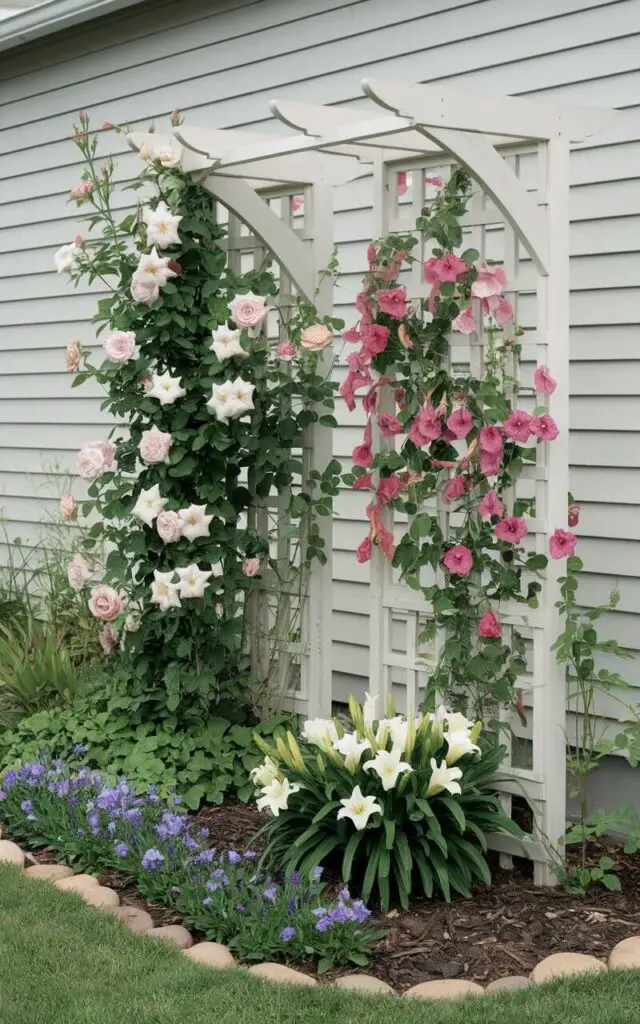
A trellis gives your flower bed some serious vertical vibes.
Grow clematis, sweet peas, or climbing roses to pull the eye up and make the space feel more dynamic.
It’s like adding earrings to a great outfit—suddenly, everything’s a little extra.
18. Paint Your Mulch
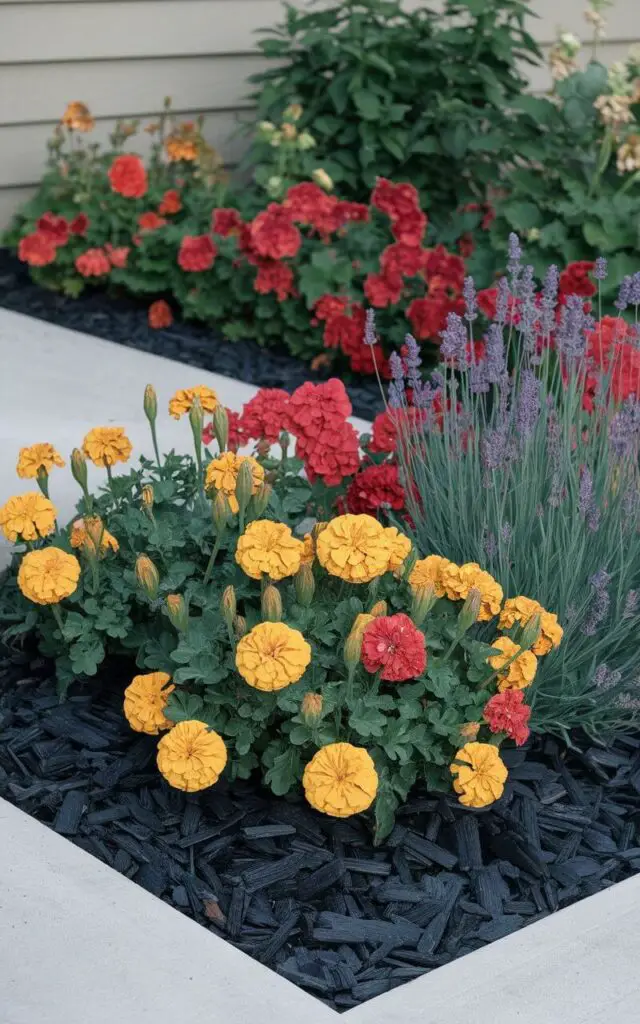
Yes, mulch can be fashionable.
Dyed mulch—black, brown, even red—makes your flowers pop and keeps your bed looking clean.
It’s the ultimate background shade for bright blooms, and it holds moisture, too.
Pretty and practical? We’re in.
19. Mix Bold With Delicate
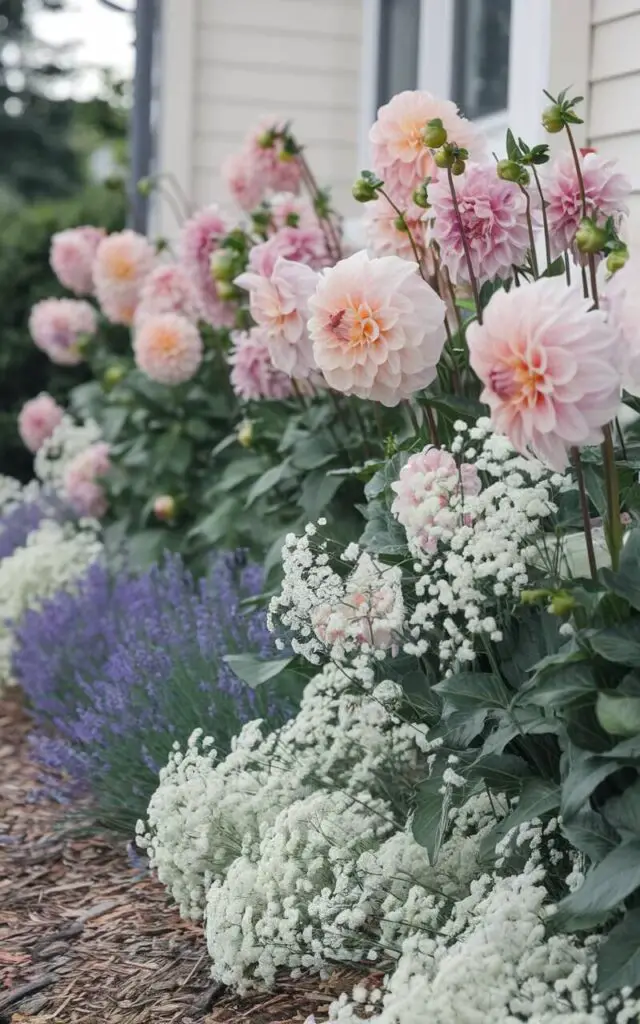
Play with contrast by mixing large, showy blooms like dahlias or hydrangeas with tiny, airy flowers like baby’s breath or cosmos.
The combination is eye-catching and balanced.
It’s like pairing combat boots with a sundress—unexpected, and it works.
20. Create a Scent Trail

Plant fragrant flowers along walkways or near your porch—think roses, honeysuckle, and sweet peas.
Their scent drifts on the breeze and greets you before you even see them.
It’s subtle garden luxury, like wearing perfume for yourself.
21. Make It Kid-Friendly

Design a flower bed that delights little ones.
Sunflowers for height, lamb’s ear for touch, and snapdragons for play.
Add a fairy garden or stepping stones, and watch their imaginations go wild.
It’s a flower bed and a playground rolled into one.
22. Contrast With Foliage

Flowers get all the attention, but foliage holds the whole look together.
Use dramatic leaves—think heuchera, coleus, or dusty miller—to break up your blooms.
The textures and colors give your bed more depth, and it never looks bare.
23. Embrace Wildflowers
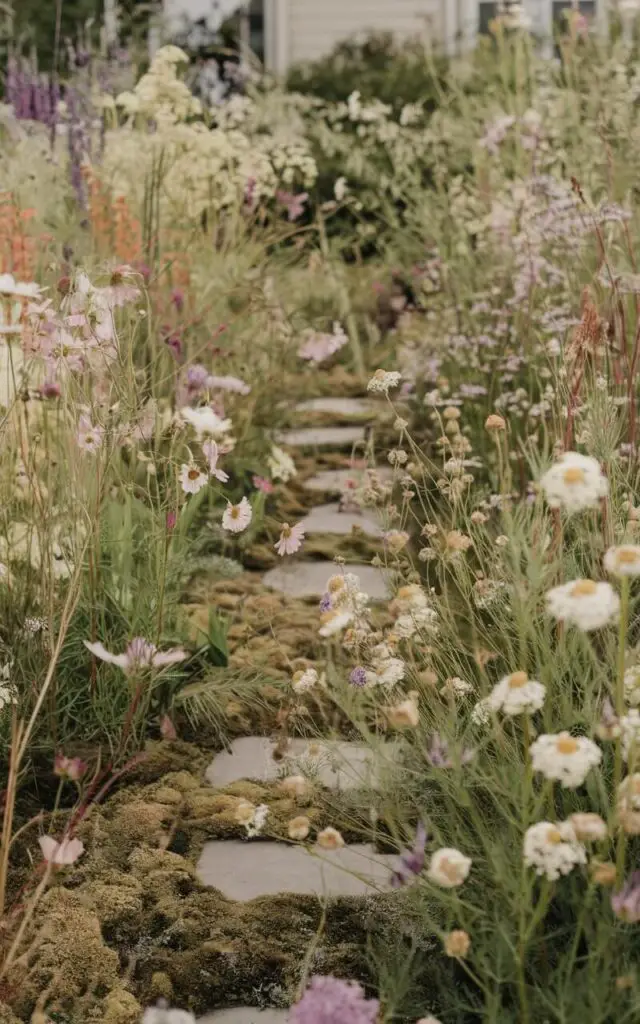
Wildflowers are the rebels of the garden world—unruly, vibrant, and totally stunning.
Mix in native wildflower seeds and let them grow naturally.
You’ll get a casual, meadow-style bed that buzzes with bees and feels totally unforced.
Nature knows what she’s doing.
24. Use Unusual Containers

Old wheelbarrow? Vintage sink? Half a wine barrel? Turn it into a flower bed.
Using quirky containers adds personality and portability.
It’s the gardening version of upcycling, and it makes your space feel personal and unexpected.
25. Keep It Symmetrical

If you’re a fan of order, symmetry’s your best friend.
Mirror your plantings on either side of a path or focal point.
It creates calm, balance, and a formal vibe—even if the flowers themselves are total show-offs.
26. Add Water Features
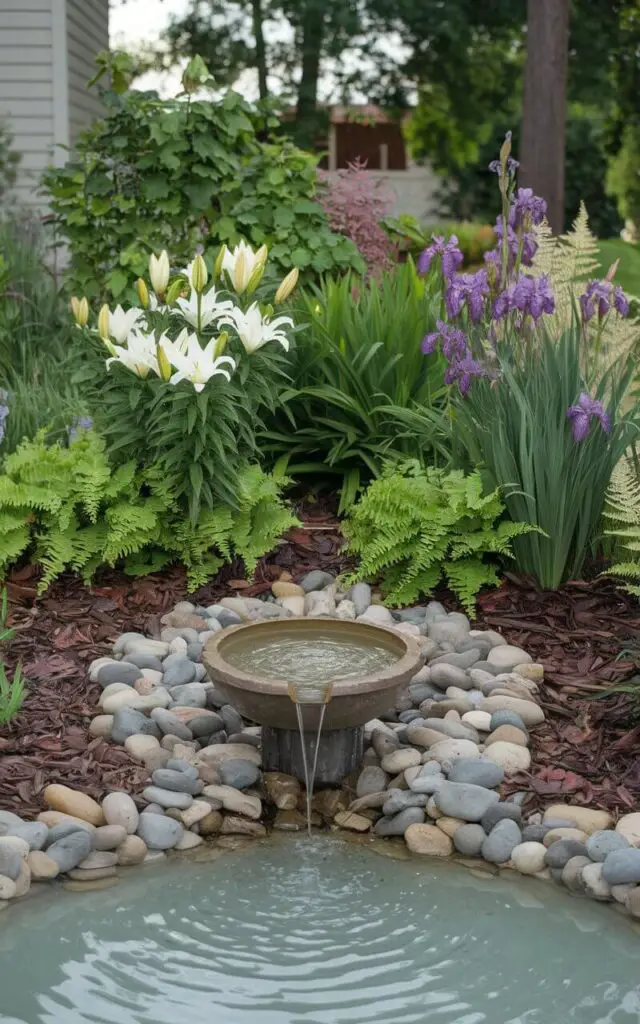
A trickling fountain or even a tiny bird bubbler adds instant zen.
The sound of water brings calm to your flower bed and invites birds and pollinators.
It’s like a spa day, but for your garden—and honestly, you’ll love it too.
27. Go All Out With Annuals
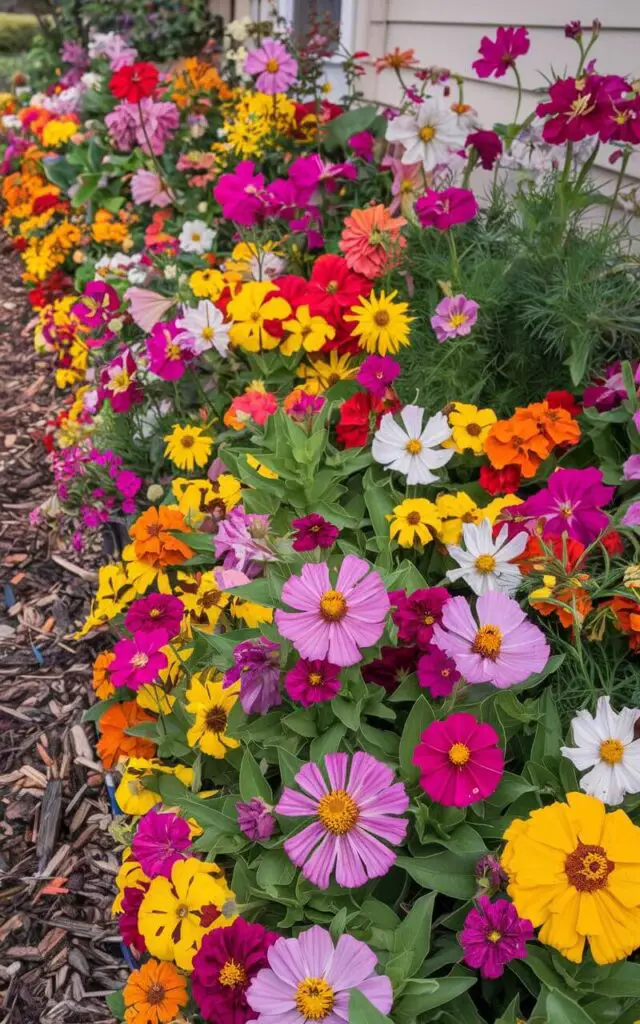
Need constant color? Dedicate a bed to annuals like petunias, marigolds, or impatiens.
They bloom nonstop and let you reinvent your garden every year.
It’s a chance to experiment, go bold, and try something totally different each season—no commitment required.
Wrap Up
With so many fun flower bed ideas, your garden can be full of color, charm, and life.
Whether you go bold or keep it simple, there’s something for every yard.
Try one or try them all—your flowers will thank you.
Happy planting!
